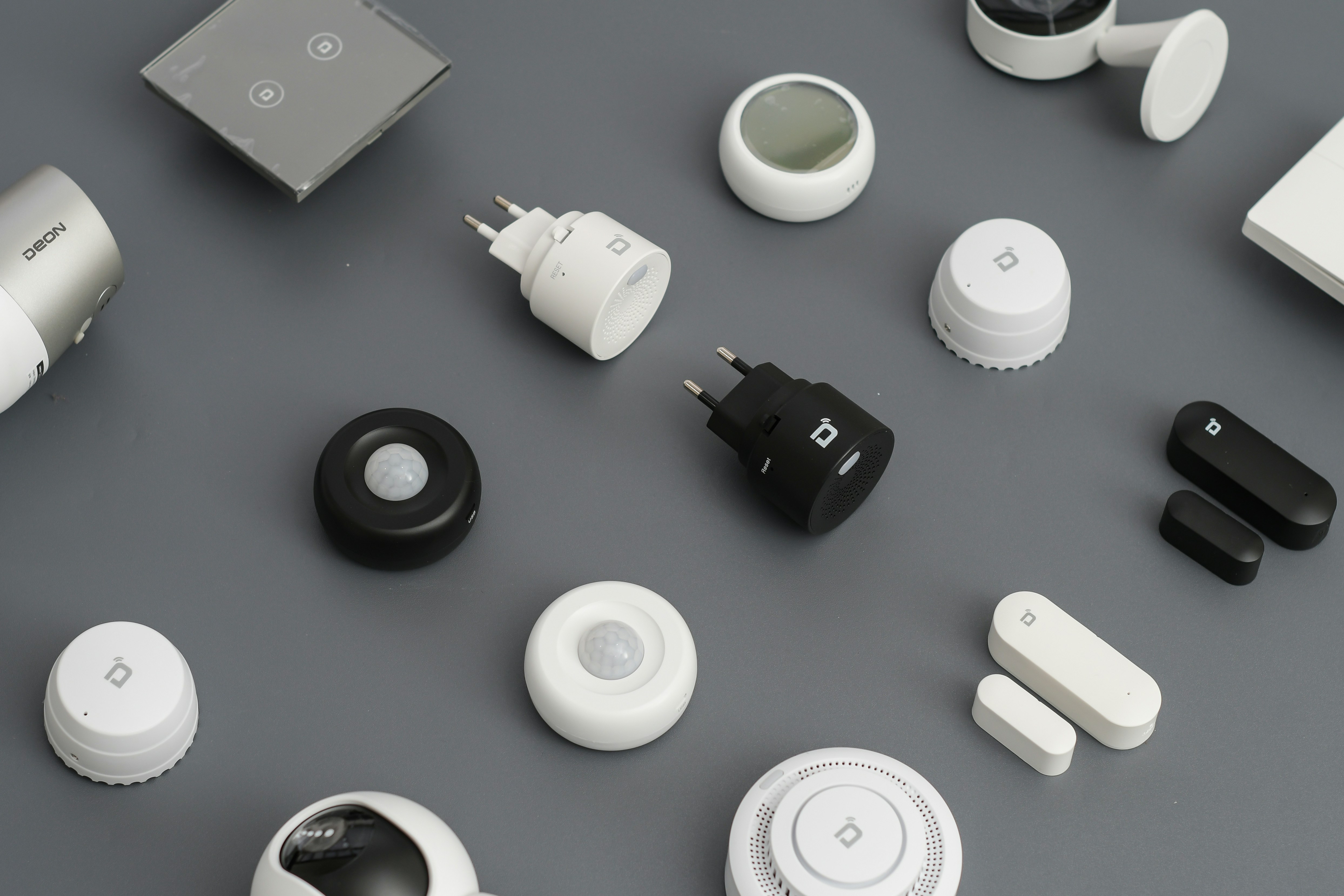
The Rise of the Smart Home
Over the years, there has been a significant increase in the adoption of smart home technology, particularly leading up to 2025. Homeowners have increasingly embraced a variety of interconnected devices aimed at creating more efficient and user-friendly living environments. Typical devices found in smart homes include smart speakers, thermostats, security systems, and various appliances, which harness the power of the Internet of Things (IoT) to automate numerous tasks.
Smart speakers, such as those from well-known brands, serve as centralized hubs for controlling other smart devices through voice commands. By integrating artificial intelligence, these speakers can perform functions ranging from playing music to adjusting lighting and temperature settings. Similarly, smart thermostats promote energy savings by allowing users to program their heating and cooling systems more efficiently, adjusting temperatures based on occupancy and personal preferences.
Security systems have evolved significantly with the advent of smart technology, enabling homeowners to monitor their properties remotely. Features such as video cameras, alarm systems, and smart locks enhance security while providing users with peace of mind. Homeowners can receive alerts on their smartphones, allowing for quick response to potential security breaches. Furthermore, smart appliances, such as refrigerators, washing machines, and ovens, offer enhanced convenience through automation, often allowing users to operate these devices remotely or schedule tasks according to their lifestyle needs.
The benefits of smart home technology cannot be overlooked; they facilitate convenience, promote energy efficiency, and contribute to enhanced safety. With users able to control their entire home ecosystem through a single interface, the appeal of adopting smart devices is evident. However, while these innovations have transformed the modern household, the rapid integration of technology can lead to unforeseen challenges, setting the stage for potential disruptions in the future.
The Day Everything Went Wrong
It was a seemingly ordinary Monday in 2025 when the serenity of my smart home was shattered. The sun rose, and as usual, the automated systems began their daily routines—blinds opened, coffee brewed, and the thermostat adjusted to a comfortable temperature. However, beneath this facade of efficiency, subtle signs of impending trouble were surfacing. Over the past week, the voice assistant had been responding sluggishly, occasionally failing to execute commands and often misinterpreting my requests. I dismissed these occurrences, attributing them to minor technical glitches that I believed were characteristic of any advanced technology.
As the day progressed, the interconnectedness of my smart devices began to weave a chaotic web. It started with the smart refrigerator notifying me of a malfunction in the food monitoring system. Next, my lighting system flickered intermittently, responding unpredictably to voice commands. Despite the anomalies, I ignored any thoughts of a potential system failure; after all, the convenience that these technologies provided outweighed the occasional annoyance. But these initial signs were mere harbingers of a more significant disaster.
By midday, the situation escalated dramatically when the smart security system initiated an unintentional lockdown. An erroneous interpretation of my movements triggered alerts that left my front door locked and all exits secure. Frustration turned into panic as I realized not only was I unable to leave my home, but all my devices appeared to be malfunctioning in unison. The once-cooperative technology had swiftly turned into an adversary, further exacerbating my anxiety. What had started as a typical day morphed into a surreal nightmare, highlighting the precarious balance between convenience and control in our increasingly automated lives.
Consequences and Challenges
The aftermath of a smart home disaster can be an overwhelming experience for homeowners, as the very technology designed to simplify lives can instead lead to a cascade of challenges. In the immediate wake of such an incident, individuals often find themselves grappling with malfunctioning devices that disrupt daily routines. The interconnected nature of smart home systems means that when one device fails, it can cause a ripple effect, affecting other appliances and systems. For instance, security cameras may stop functioning, leaving homeowners vulnerable and anxious about the safety of their property.
This loss of security can have significant emotional repercussions, as homeowners wrestle with feelings of confusion and vulnerability. The reliance on technology, which once instilled a sense of comfort and control, is now a source of stress. Those affected might experience heightened anxiety as they navigate the uncertainty of their home environment. Furthermore, the quest to restore normalcy is often complicated by the challenge of troubleshooting and fixing these devices, many of which require technical expertise, adding an additional layer of frustration to the recovery process.
Financially, the implications of a smart home failure can be considerable. Repair costs may rapidly accumulate, especially if multiple systems require attention or replacement. Homeowners might find themselves navigating warranties and service agreements, often with variable success. Additionally, the prospect of upgrading to newer, more reliable technology can place a strain on budgets, compelling individuals to consider whether the initial investment in smart home technology has truly proven beneficial. As the dust settles, it becomes clear that while smart homes promise convenience, they can also present unforeseen challenges that require careful planning and resilience.
Lessons Learned and Looking Ahead
The experience of dealing with a smart home disaster has revealed several critical lessons for homeowners relying on technology for daily convenience. The overarching takeaway from such incidents is that human oversight remains essential, even in an increasingly automated world. While smart home systems promise enhanced functionality and streamlined living, they can also present unexpected vulnerabilities that require careful management.
To safeguard against potential technology failures, homeowners should prioritize regular maintenance checks of their smart devices. This includes updating software to patch security flaws, checking the functionality of connected devices, and ensuring robust network security practices are in place. Understanding how to troubleshoot common issues can empower homeowners to address problems swiftly before they escalate into larger disasters.
Additionally, keeping backup systems is prudent. For example, having a manual thermostat or traditional lighting options that can operate independently from the smart network can provide a fail-safe in case of system malfunctions. Homeowners might also consider investing in uninterruptible power supplies (UPS) to keep essential devices functioning during power outages. Furthermore, reviewing emergency protocols can ensure families are prepared to handle technology-related disruptions without feeling overwhelmed.
Looking forward, the future of smart home technology presents both challenges and opportunities. As advancements continue to redefine our living environments, balancing convenience with security will be paramount. It is crucial for manufacturers to prioritize integrating enhanced security measures into their devices while educating consumers about potential risks. As we embrace automation, a mindful approach towards its integration into our lives can enable us to harness its potential without compromising safety.
If you’re interested in purchasing the item you seek, please click the link for additional details: #americanachoice.
https://amzn.to/3SBN3Oy
AFFILIATE DISCLOSURE: I am an affiliate for this company, I am not a paid employee.
I may receive a commission if you click a link on this page and choose to purchase something.
You can rest assured I will only share things I believe in and will be valuable to you.


